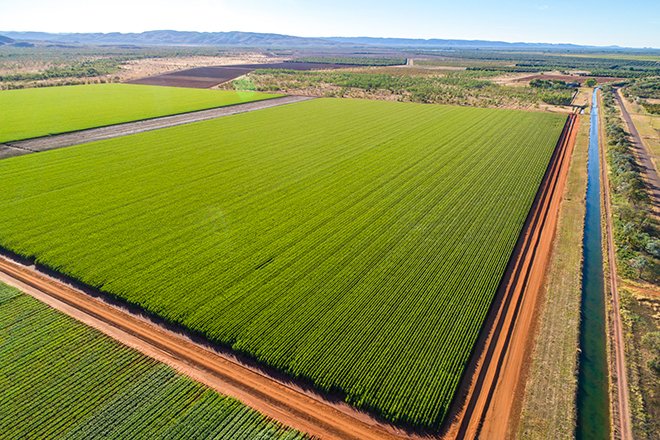Get in touch
{"data":[],"config":{"id":150,"content_id":null,"name":"Contact Footer Form","type":"form-contact","position":178,"active":1,"created_at":"2020-12-02T03:55:16.000000Z","updated_at":"2025-08-18T00:40:38.000000Z","pardot_cid":306886,"form_type":"General Enquiry","template":null,"content":"<p>With dedicated and highly skilled team members located throughout Australia you can be sure of accessing the best local knowledge to help you maximise your investment in Pioneer® brand hybrid seed. Get in touch with your local Territory Sales Manager or Farm Services Consultant today.<\/p>","title":"<span style=\"font-weight: 800 !important; font-size: 2rem; \"> Your seed is backed by <br>local experience<\/span>","image":{"id":51,"parent_id":169,"name":"Glenn-Somerville.png","description":null,"storage":"assets","size":255289,"extension":"png","mime_type":"image\/png","width":630,"height":394,"keywords":null,"usage":{"panels.150":"Contact Footer Form","panel_images.3":"Contact Form - Cam Searle"},"created_at":"2021-02-25T02:53:46.000000Z","updated_at":"2022-02-09T01:10:50.000000Z","readonly":null,"value":null,"_meta":null,"node_path":[{"id":169,"name":"Footer Blokes","parent_id":null},{"id":51,"name":"Glenn-Somerville.png","parent_id":169}],"link":"\/asset\/51.png","readable_size":"249.31 kB","secured":false,"secured_token":"eyJ0eXAiOiJKV1QiLCJhbGciOiJIUzI1NiJ9.eyJzdG9yYWdlcyI6WyJzZWN1cmVfYXNzZXRzIl0sImZpbGUiOjUxfQ.ceCD2O7cB1rnXEjv3PA49T0L-yqA-QPH-_DNGIRosiA","full_path":"169\/51"},"border_top":0,"border_bottom":0,"padding_top":1,"padding_bottom":1,"margin_top":0,"margin_bottom":0,"background":"grey-light","autoResponderSubject":null,"autoResponder":null,"pardot_campaign":{"id":306886,"createdAt":"2025-03-19T09:17:57+10:00","folder":{"name":"Campaigns"},"folderId":6069,"isDeleted":false,"name":"AU Website Enquiry - footer form","parentCampaign":null,"parentCampaignId":null},"pivot":{"content_id":330,"panel_id":150,"active":1,"section":"after","position":20},"fields":[{"id":9,"panel_id":150,"name":"firstname","title":"First Name","data_type":"input-text","required":1,"auto_populated":null,"values":null,"position":9,"active":1,"created_at":"2021-03-28T21:52:25.000000Z","updated_at":"2025-03-18T22:45:11.000000Z","refs":null,"placeholder":"First Name","help":null,"cols":12,"extensions":[],"multiple":0,"file_limit":1,"salesforce_fields":"firstName"},{"id":16,"panel_id":150,"name":"lastname","title":"Last Name","data_type":"input-text","required":1,"auto_populated":null,"values":null,"position":10,"active":1,"created_at":"2025-03-18T22:50:36.000000Z","updated_at":"2025-03-18T22:51:53.000000Z","refs":null,"placeholder":"Last Name","help":null,"cols":12,"extensions":[],"multiple":0,"file_limit":1,"salesforce_fields":"lastName"},{"id":10,"panel_id":150,"name":"email","title":"Email","data_type":"input-email","required":1,"auto_populated":null,"values":null,"position":11,"active":1,"created_at":"2021-03-28T21:52:51.000000Z","updated_at":"2025-03-18T22:50:40.000000Z","refs":null,"placeholder":"Email","help":null,"cols":12,"extensions":[],"multiple":0,"file_limit":1,"salesforce_fields":"email"},{"id":11,"panel_id":150,"name":"content","title":"Enquiry","data_type":"textarea","required":1,"auto_populated":null,"values":null,"position":16,"active":1,"created_at":"2021-03-28T21:53:10.000000Z","updated_at":"2025-03-18T22:50:40.000000Z","refs":null,"placeholder":"Enquiry","help":null,"cols":12,"extensions":[],"multiple":0,"file_limit":1,"salesforce_fields":"comments"},{"id":17,"panel_id":150,"name":"postcode","title":"Postcode","data_type":"input-number","required":1,"auto_populated":null,"values":null,"position":17,"active":1,"created_at":"2025-03-18T22:51:45.000000Z","updated_at":"2025-03-18T22:51:48.000000Z","refs":null,"placeholder":"Postcode","help":null,"cols":12,"extensions":[],"multiple":0,"file_limit":1,"salesforce_fields":"zip"}],"twoColumns":true,"showLabels":false,"btnLabel":"Send"}}

